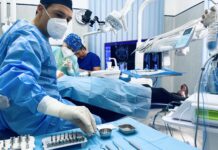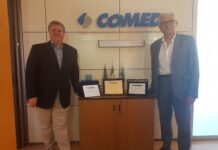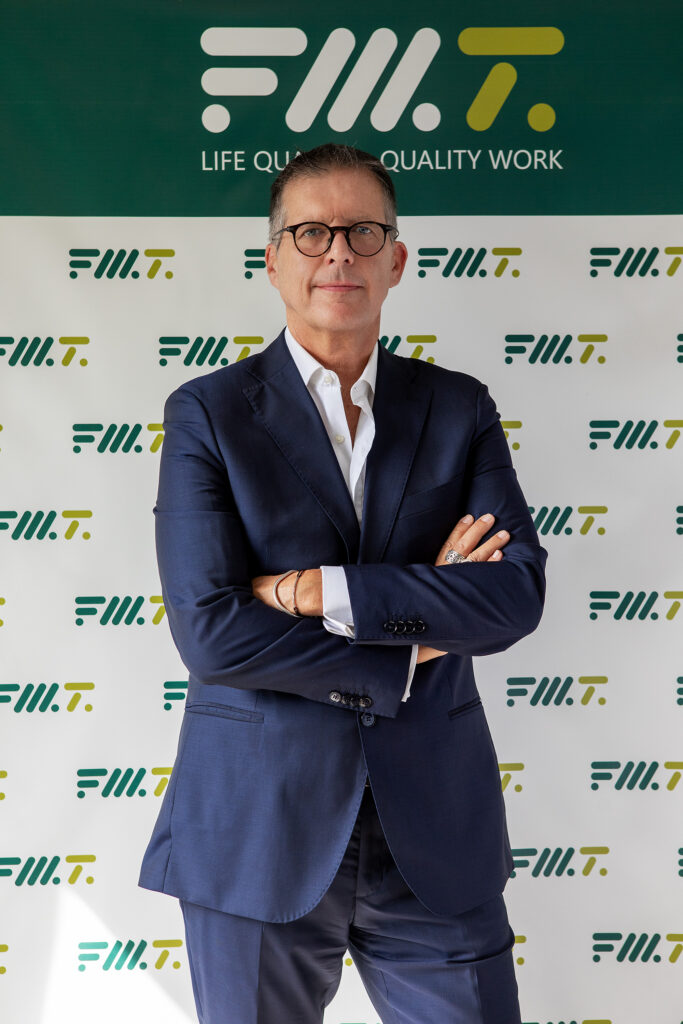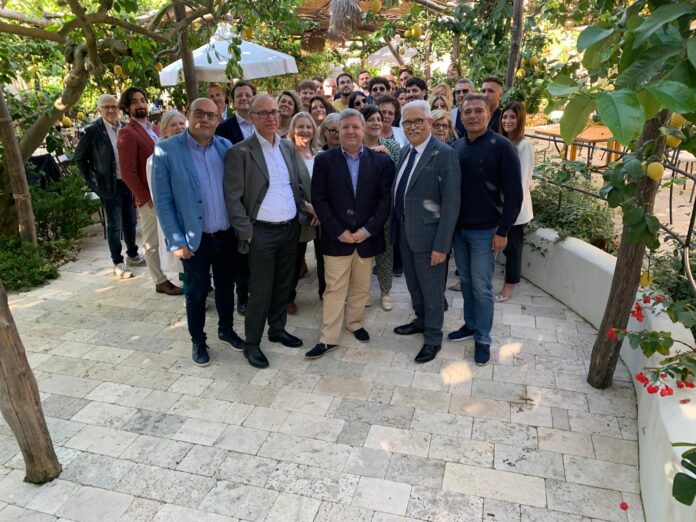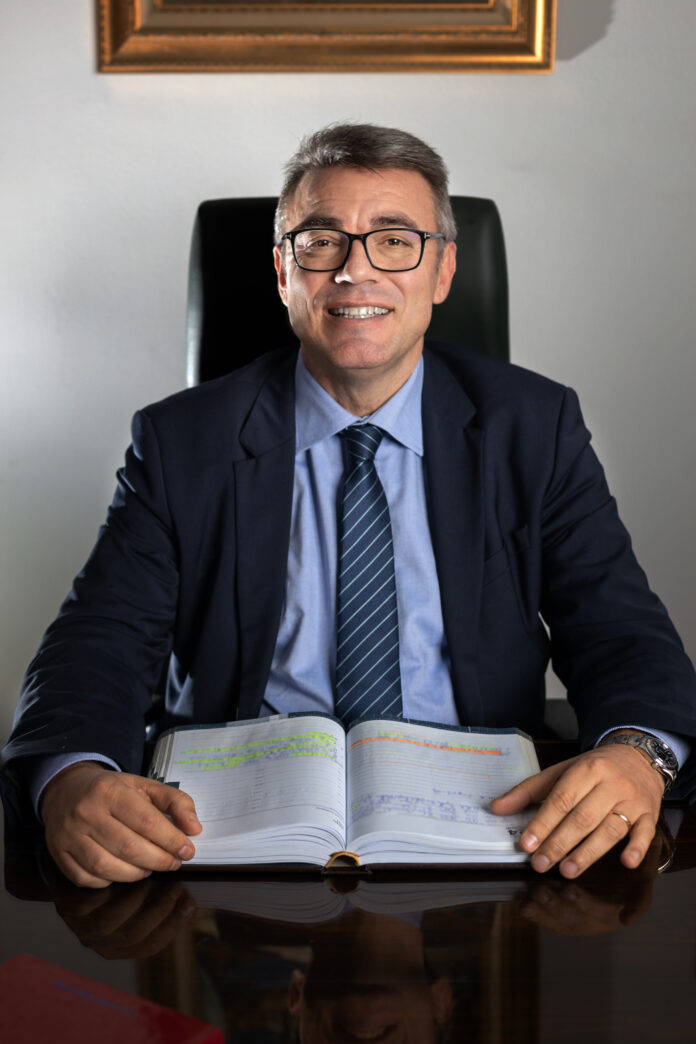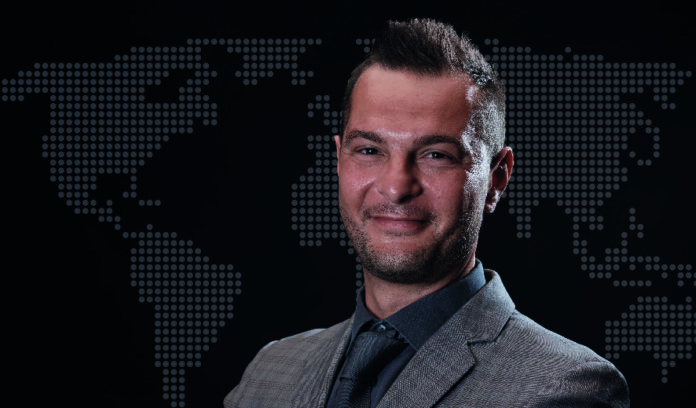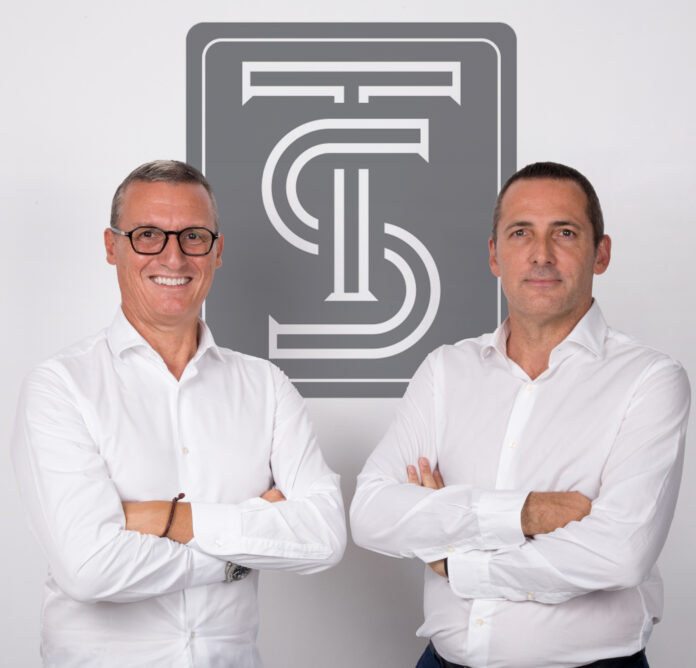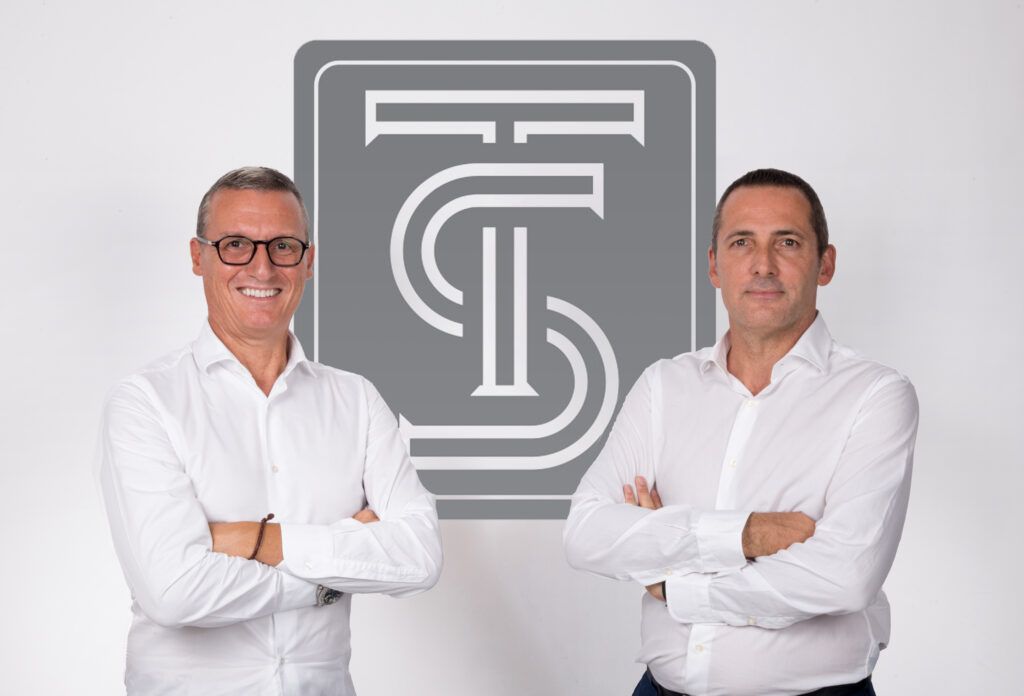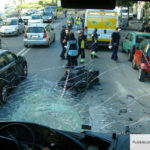Founded in 2010, Italfrom is a company highly specialised in the online marketing as well as the design and assembly of: fences and gates, shelving and industrial and commercial furniture, cottages and garden furniture, office and home furniture, street furniture and parks, construction and insulation, fixtures and fittings, and agriculture. An all-Italian excellence that has managed to assert its leadership in a highly competitive market thanks to a strategic vision and an innovative business approach, as Pepe Oto, the company’s Co-founder, explains in this interview.

Mr. Oto, with what mission was Italfrom born?
The Italfrom brand was born with the ambitious goal of becoming a reference point in the e-commerce market back in the days when online was still an unknown terrain full of unknowns. We are extremely satisfied with the important results achieved to date, which have come about above all thanks to the considerable energy and resources that we three brothers – with the constant support of our parents, in particular our father, who is still actively present in the company today – have invested over the years in the future of the brand, created and developed day after day with passion, intuition and tenacity. It is no coincidence that, in a very short time, Italfrom has experienced rapid growth both in terms of organisational structure and expansion (also thanks to the establishment of strategic partnerships with some of the most prestigious Italian and world economic entities) and has managed to assert its leadership in a sector that has subsequently become highly competitive, clearly distinguishing itself from its numerous competitors.
There were obviously many initial obstacles to overcome, but today you have undoubtedly become an excellence in your sector.
Exactly, even though there are still many challenges to face and goals to achieve! At the beginning, we suddenly found ourselves catapulted into a totally new world, still to be explored, with which we felt we had a considerable affinity and predisposition, but without having the experience and structure behind us necessary to face the many challenges imposed by a very dynamic and constantly evolving sector. What’s more, our company was born in a small town in the hinterland of Irpinia, to which we are so attached, but which is underdeveloped industrially and has very limited commercial outlets; This aspect has certainly not played to our advantage, and it has undoubtedly penalised us, making our work much more laborious, particularly in those early years when everything was still to be created and when even establishing a simple agreement or a new contract with a courier or transporter was an arduous undertaking and not at all taken for granted, especially since we were located in an area that was poorly served and therefore it was also difficult for most of them to offer us an adequate and competitive daily service. Throughout these years there have been many moments of discouragement; but fortunately in most of those moments, in a timely and ever-increasing manner, three fundamental and essential aspects came into play to calm these perplexities of ours: The gratifications that gradually came to us from Italy and in some cases even from further afield in Europe, confirming that we were on the right track. In fact, already in those early years of Italfrom’s life, to our amazement and satisfaction, we were awarded international recognition such as our selection in the FT1000 (compiled by the British economic-financial newspaper Finacial Times in collaboration with Statista; a list that included the top 1000 companies throughout Europe that had achieved the highest percentage growth calculated between 2012 and 2015). The other aspects were, the iron will not to destroy what had been built with so much effort; and lastly, the impressive speed with which the Internet and e-commerce travelled and emerged in those early years, which gave us no respite and left us no room and no time for second thoughts, since that would most likely have meant missing that fast-moving train, and we had to be on the ball every moment, non-stop, This constant ‘pressing’, however, has inevitably led us over the years, from the vast majority of successful and timely choices and decisions to a few less successful or delayed ones, with which we have subsequently had to reckon, sometimes paying rather high prices, Although some of those mistakes turned out to be useful in retrospect, as they served to teach us as well as strengthen us, in a way it helped us to make them in order to learn. Today Italfrom, thanks above all to our tenacity and determination, is an innovative and future-oriented company that aims to perfect its work and production processes with the help of automation and new technologies, and to internationalise its brand in European markets with the creation of new export portals.

And so, after the initial sacrifices, Italfrom has also grown significantly in terms of personnel. How important is human capital for you?
Very much! It is without doubt one of our most important resources. Since the second half of 2014, we have been hiring young people of our age and countrymen, with whom we have been training from the very beginning, considering that most of them were entering the world of work for the first time or came from experiences and worlds totally different from that of e-commerce; Today, we are proud and satisfied to see that those same employees, from young apprentices, are increasingly becoming expert professionals in the sector. For the company, being able to count today on a qualified and skilled team is a strong point with high added value for the future development of the brand.
In recent years, you have made considerable efforts to intensify your presence in Italy as well: it is no coincidence that you have recently opened a new office in the Marche region. Can you tell us about it?
Our new headquarters of over 2500 square metres, completely renovated by us in the province of Ancona, is finally operational. The decision to invest in this region was not by chance but strategic in many respects, starting with the commercial and industrial development that this land offers, the proximity to the A14 Montemarciano toll gate, the commercial port, and the airport, but also and above all with the nearest northern Italy and northern Europe, where a very important slice of our business has developed since our inception. But the main reason that drove us to invest outside our home territory where we still operate with success and satisfaction, perhaps the most significant motivation, can be summed up in a phrase revived by some recent advertising slogans: ‘Marche, Italy in a Region’. What better land than what is known as ‘Italy in a Region’ could have acted as a forerunner for an ambitious desire for territorial expansion that we hope will gradually replicate itself over time in other areas of Italy, thus allowing us to get even closer to our customers and to further refine and increase our services in the territories. Having invested in this land has also allowed us to explore and deepen new strategic sectors, such as real estate, construction and renovation; to significantly increase our know-how and expertise; and to open up new avenues and future business prospects. It is in this direction that our new innovative platform – www.italfromrenovation.com – has been conceived. It will soon be online for the demand and best offer of real estate, services and renovations, construction, furniture, doors and windows, agriculture, vehicles, digital products, for companies, professionals and with limitations for private individuals, with the aim of intertwining online business with offline business in the territories through advanced and intuitive functionalities. With this platform, together with our other innovative platform, www.italfromplace.com, which is already online and operational for the best companies and professionals, with different dynamics and modalities, we set ourselves the same objective of continuing and increasing our successful path in the i-tech and online world that we started with our historical, consolidated and award-winning e-commerce site www.italfrom.com, which remains our fixed point in which we continue to invest more and more every day. All in all, we hope and trust that all this will, together and in its own way, in a few years’ time place our brand among the big names of the online market, a very ambitious and at the same time distant and very arduous dream that we set ourselves back in those early years when, in the tranquillity of the Irpinian hills, we were headlong shut up in a couple of rooms of a flat, hastily converted into offices, with no certainties and with the few tools we had at our disposal, everything seemed even further away, but with tenacity, far-sightedness, passion, compactness and many sacrifices from that pair of closed rooms we somehow managed to open up to the whole world, taking our brand beyond our borders and beyond all expectations over the years, and today that dream that seemed so far away is certainly closer than yesterday.






